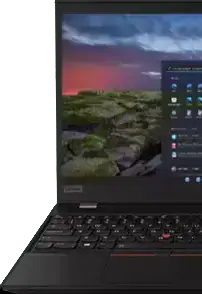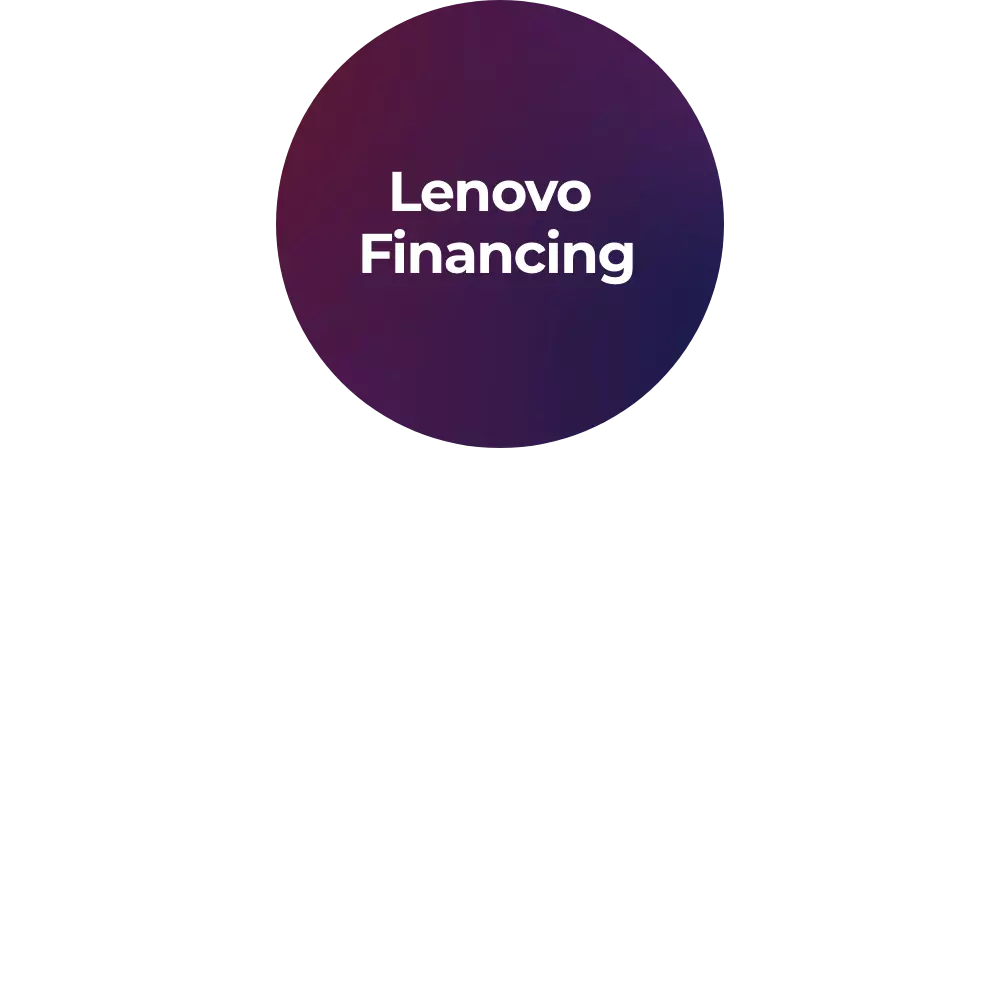What is a microcomputer?
A microcomputer is a compact, self-contained computing device. It typically includes a microprocessor, memory, and input/output peripherals. These computers, also known as personal computers, are designed for individual use, making them versatile and widely used in various applications.
How does a microcomputer differ from other types of computers?
A microcomputer distinguishes itself from other computers by its compact design tailored for personal or business use. Unlike mainframes or supercomputers, microcomputers are smaller, more affordable, and user-friendly. With a microprocessor as its core, they strike a balance between computing power and accessibility. The evolution of microcomputers has revolutionized technology, making computing more widely accessible and influencing various aspects of our daily lives.
What role does the microprocessor play in a microcomputer?
The microprocessor is the heart of a microcomputer, acting as its central processing unit (CPU). This tiny but powerful chip executes instructions, processes data, and performs calculations, determining the computer's overall speed and functionality. Essentially, the microprocessor is the brain that drives the microcomputer, handling tasks ranging from basic operations to complex computations, making it a critical component for the seamless functioning of the entire system.
What are the key components of a microcomputer system?
A microcomputer system comprises several key components: the central processing unit (CPU), memory (random access memory (RAM) and read only memory (ROM)), storage devices (hard drives or solid-state drives (SSDs)), input devices (keyboard and mouse), output devices (monitor), and various connectors for peripherals.
How has the design of microcomputers changed over time?
Microcomputers have undergone significant design changes, transitioning from bulky desktop models to sleek laptops, tablets, and even smaller form factors like Raspberry Pi. The emphasis on portability, performance, and aesthetics has driven these design innovations.
What are the advantages of using microcomputers in education?
Microcomputers in education provide interactive learning experiences, facilitating research, collaboration, and skill development. They empower students with digital literacy and access to a vast array of educational resources, preparing them for the technology-driven world.
How do microcomputers contribute to the field of programming?
Microcomputers serve as powerful tools for programming enthusiasts. They provide a platform for learning and practicing coding skills, fostering creativity and innovation. Programming on microcomputers allows individuals to bring their ideas to life through software development.
What is the concept of embedded microcomputers?
Embedded microcomputers are integrated systems designed for specific functions within devices like appliances, automobiles, and industrial equipment. These compact computing solutions operate behind the scenes, enhancing automation and control in various applications. From microcontrollers in household appliances to navigation systems in cars, embedded microcomputers streamline processes, making devices smarter and more efficient. Their seamless integration into everyday items demonstrates their versatility, contributing to the Internet of Things (IoT) ecosystem. Understanding the concept of embedded microcomputers is crucial in appreciating the interconnected and automated nature of modern technological devices.
How do microcomputers play a role in the realm of communication technology?
Microcomputers are integral to communication technology, supporting functions like email, instant messaging, and video conferencing. They enable the development of networking equipment and contribute to the advancement of the internet, connecting people globally.
In what ways have microcomputers influenced the gaming industry?
Microcomputers have been a driving force in the gaming industry, providing platforms for game development and execution. From early home computers to modern gaming personal computers (PCs), microcomputers have evolved to deliver immersive gaming experiences with advanced graphics and processing capabilities.
How do microcomputers impact daily life beyond work and entertainment?
Microcomputers have become an integral part of daily life, influencing how we manage finances, stay organized, and access information. From online banking to productivity tools, microcomputers streamline tasks and enhance efficiency in various aspects of our lives.
How do microcomputers contribute to the development of emerging technologies?
Microcomputers play a crucial role in the development of emerging technologies such as artificial intelligence, the internet of things (IoT), and edge computing. Their processing power and connectivity enable the deployment of smart devices and the processing of vast amounts of data in real-time.
What impact have microcomputers had on the accessibility of information?
Microcomputers have democratized access to information, enabling individuals to browse the internet, conduct research, and stay informed. They have transformed information retrieval, making it faster, more convenient, and widespread, contributing to the knowledge-sharing culture we experience today.
What is the concept of microcomputer clusters?
Microcomputer clusters involve connecting multiple microcomputers to work together, forming a cluster. This approach enhances computational power for tasks such as scientific simulations or data processing. Cluster computing leverages the collective capabilities of individual microcomputers.
How do microcomputers contribute to environmental sustainability?
Microcomputers contribute to environmental sustainability through energy-efficient designs and power management features. Additionally, advancements in hardware and software optimization reduce electronic waste by extending the lifespan of microcomputers. Efforts to promote recycling and responsible disposal further support environmental conservation.
How do microcomputers influence the development of smart homes and IoT devices?
Microcomputers form the backbone of smart home systems and Internet of Things (IoT) devices. They enable the connectivity and automation that characterize smart homes, allowing users to control appliances, security systems, and other devices remotely. Microcomputers contribute to the growth of the IoT ecosystem, fostering a more interconnected and efficient living environment.
What role do microcomputers play in the development of virtual reality (VR) and augmented reality (AR) technologies?
Microcomputers power the development and experience of VR and AR technologies. They handle the complex computations required for realistic simulations, immersive experiences, and interactive content. Microcomputers contribute to the growth of VR and AR applications in fields such as gaming, healthcare, education, and training.
How do microcomputers contribute to the advancement of three-dimensional (3D) printing technology?
Microcomputers are essential components in 3D printing technology, controlling the precise movements and operations of 3D printers. They interpret digital models and convert them into layered physical objects. Microcomputers enable the customization and automation of the 3D printing process, fostering innovation in prototyping, and product development.
How have microcomputers influenced the development of mobile computing?
Microcomputers have played a pivotal role in the evolution of mobile computing. The miniaturization of components, increased processing power, and energy efficiency of microcomputers have led to the development of smartphones and tablets. These devices leverage microcomputer technology to offer portable computing, communication, and access to a wide range of applications on the go.
















